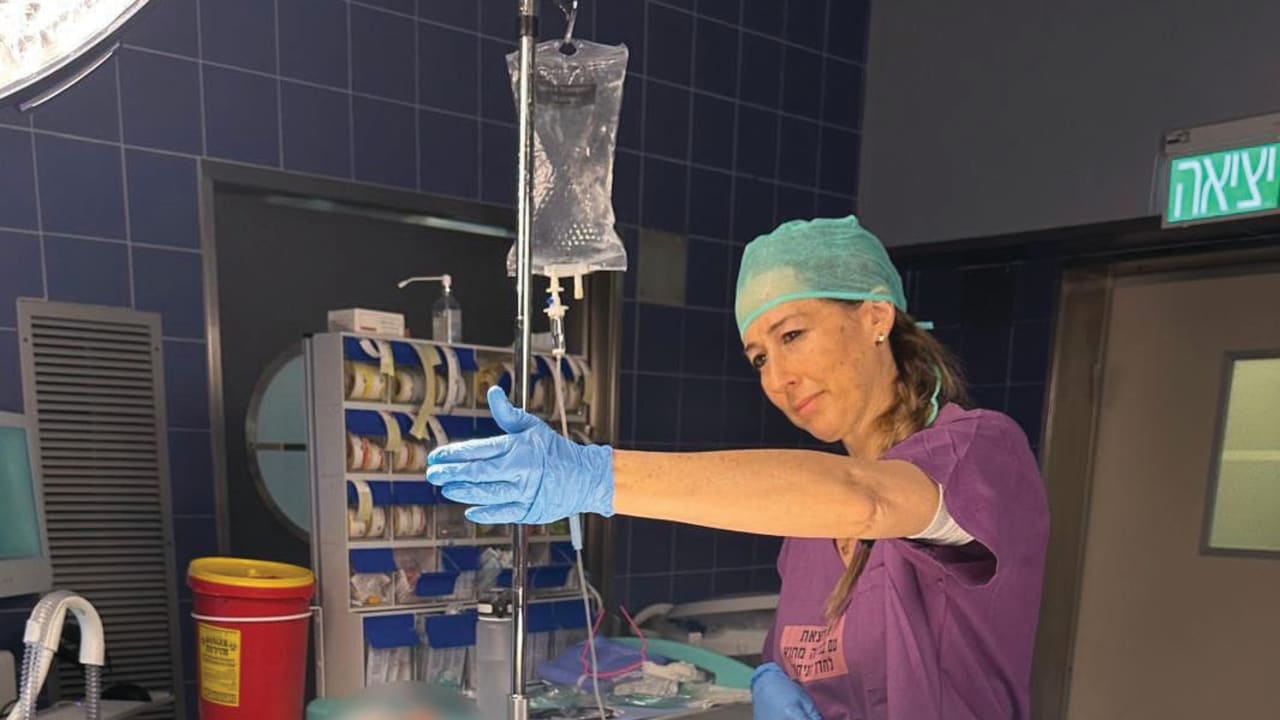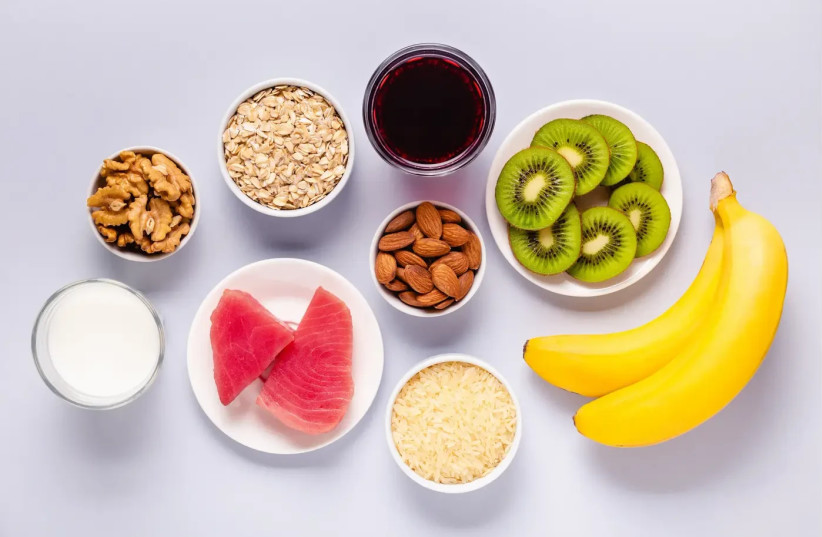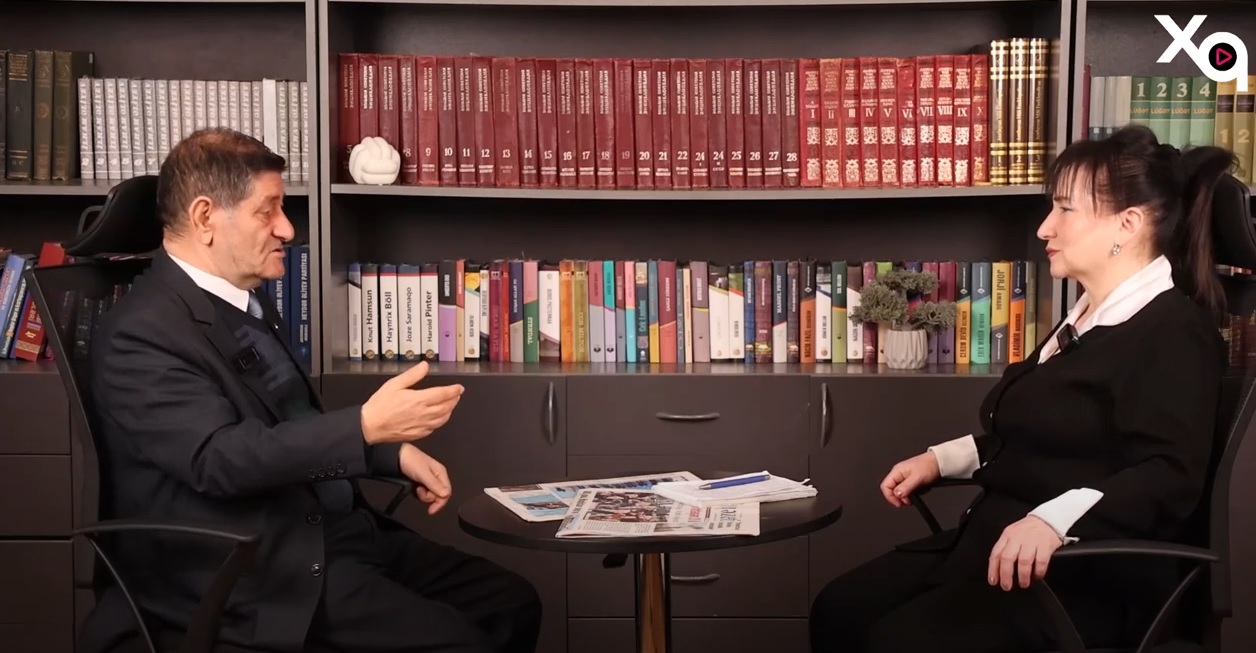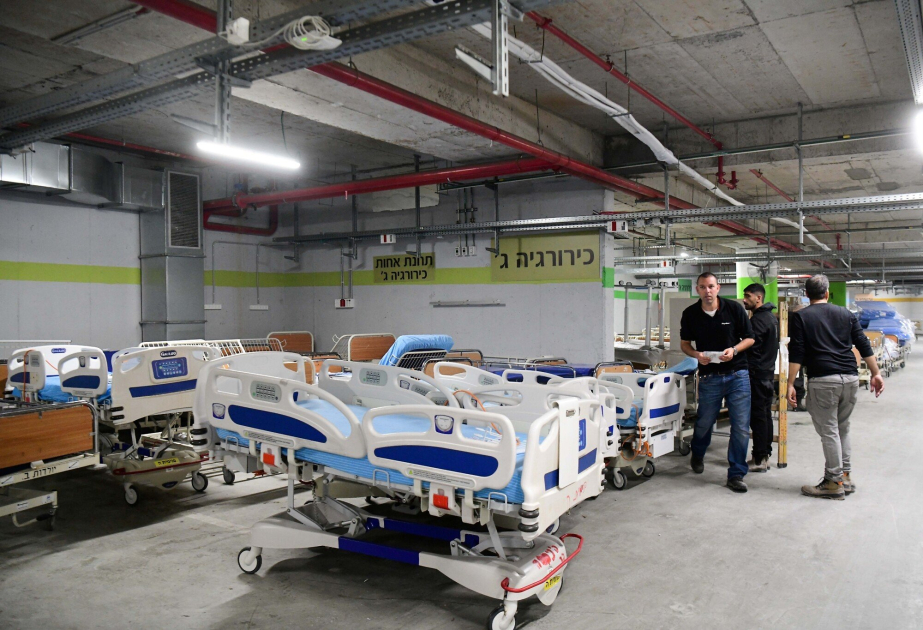By Diana Bletter
Kaplan Medical Center researchers establish a baseline number of swallows for healthy people depending on their age, enabling more effective use of the Repetitive Saliva Swallowing Test
Israeli researchers say they have established age markers to determine how often healthy people should be able to swallow in 30 seconds.
The inability to swallow, known as dysphagia, can signal symptoms of a neurological condition such as Parkinson’s disease or Alzheimer’s, or other disorders.
The Repetitive Saliva Swallowing Test (RSST) has been used as a screening tool since 2009. But the Israeli researchers are the first to find the average baseline for people for each decade of their lives.
Israeli researchers say they have established age markers to determine how often healthy people should be able to swallow in 30 seconds.
The inability to swallow, known as dysphagia, can signal symptoms of a neurological condition such as Parkinson’s disease or Alzheimer’s, or other disorders.
The Repetitive Saliva Swallowing Test (RSST) has been used as a screening tool since 2009. But the Israeli researchers are the first to find the average baseline for people for each decade of their lives.
“We kind of discovered it,” said lead researcher Dr. Yael Shapira-Galitz of the Otolaryngology Head and Neck Surgery Department at Kaplan Medical Center, speaking to The Times of Israel on a teleconference call.
The RSST is a “do-it-yourself tool that you could do at home,” she said. It doesn’t involve anything but swallowing one’s own saliva, she explained, noting that “after the second or third swallow, it becomes challenging.”
We kind of discovered it,” said lead researcher Dr. Yael Shapira-Galitz of the Otolaryngology Head and Neck Surgery Department at Kaplan Medical Center, speaking to The Times of Israel on a teleconference call.
The RSST is a “do-it-yourself tool that you could do at home,” she said. It doesn’t involve anything but swallowing one’s own saliva, she explained, noting that “after the second or third swallow, it becomes challenging.”
Open Menu Sign in
Join our Community
Support ToI and remove ads
Close Menu
English
|
العربية
|
Français
|
فارسی
|
עברית
Home
Latest Alerts
Latest Articles
Israel & the Region
Jewish Times
Israel Inside
Tech Israel
Real Estate Israel
The Blogs
Podcasts
Video
Newsletters
Partners
Community
About The Times of Israel
Advertise on The Times of Israel
Contact us
Download our App
Get the Daily Edition
Follow us
© 2025 The Times of Israel , All Rights Reserved
Terms and conditionsPrivacy policy
Advertisement
How often can you swallow? Israeli-improved test can screen for neurological disorders
Kaplan Medical Center researchers establish a baseline number of swallows for healthy people depending on their age, enabling more effective use of the Repetitive Saliva Swallowing Test
By Diana Bletter Follow
11 Apr 2025, 3:05 pm
How often can you swallow? (Photo by iStock)
Share
1
Israeli researchers say they have established age markers to determine how often healthy people should be able to swallow in 30 seconds.
The inability to swallow, known as dysphagia, can signal symptoms of a neurological condition such as Parkinson’s disease or Alzheimer’s, or other disorders.
The Repetitive Saliva Swallowing Test (RSST) has been used as a screening tool since 2009. But the Israeli researchers are the first to find the average baseline for people for each decade of their lives.
Promoted:+Jewish+Crossroads,+Joshua+LeiferKeep Watching
“We kind of discovered it,” said lead researcher Dr. Yael Shapira-Galitz of the Otolaryngology Head and Neck Surgery Department at Kaplan Medical Center, speaking to The Times of Israel on a teleconference call.
The RSST is a “do-it-yourself tool that you could do at home,” she said. It doesn’t involve anything but swallowing one’s own saliva, she explained, noting that “after the second or third swallow, it becomes challenging.”
Get The Times of Israel's Daily Editionby email and never miss our top stories
Newsletter email address Get it
By signing up, you agree to the terms
Someone aged 20-39 should aim for about 8.5 swallows in 30 seconds, for example, while someone aged 70-79 should aim for about 6 swallows in 30 seconds, the study found.
The study appeared in the peer-reviewed journal Dysphagia, with contributions from Dr. Din Haim Ben Hayoun of Assuta Ashdod Medical Center and other Israeli researchers.
Dr. Yael Shapira-Galitz of Kaplan Medical Center. (Courtesy/Yossi Zveker)
The RSST results
Dr. Kazuyo Oguchi from Japan invented the RSST in 2009 as a simple screening test for people with dysphagia.
Advertisement
The Israeli researchers said that Oguchi’s study did not differentiate between different decades of life, however, and simply set a baseline for all adults as three swallows during 30 seconds.
“Our clinical experience showed us that there’s a difference” between how people swallow at various ages, Shapira-Galitz said. “We wanted to study different decades of life.”
Their research was the largest study of its kind. They tested 280 people ranging from their 20s to their 80s, looking at both males and females and examining factors that might affect the norm.
The average number of times people should swallow in 30 seconds, according to work done by Dr. Yael Shapira-Galitz and other Israeli researchers. (Courtesy/Dr. Yael Shapira-Galitz)
The average number of swallows
The research found that from age 20 to 29, people should be able to intentionally swallow 8.4 times. That number stays the same between 30 and 39 and then drops to 8.0 swallows for people aged 40-49. From 50 to 59, the average number is 7.2 swallows; from 60 to 69, it’s 6.7 swallows; from 70-79, 6.0 swallows; and from 80 to 89, 4.3 swallows.
“If a patient cannot initiate at least two swallows within 30 seconds, it is considered pathological,” Ben Hayoun told The Times of Israel. “If the result is two less than the average for the age group, it is considered healthy.”
As people age, he said, they might not be able to swallow as often due to the physiological changes that occur in their throat muscles.
Advertisement
Shapira-Galitz said the researchers were surprised to find that men swallow more often than women but she isn’t sure why.
“Also, obese people swallowed fewer times than thinner individuals, which may be a little counterintuitive,” Shapira-Galitz said. “You would imagine that if a person has swallowing disorders, they might be thinner, but that’s not the case. Obesity reduces the amount of swallows you can produce in 30 seconds.”
The researchers also found that people on medications swallowed less than the average person.
“We had thought that people had trouble swallowing because they have diseases like diabetes or hypertension,” she said. “But it isn’t the disease that causes swallowing disorders, it’s the drugs themselves.”
She speculated that taking a lot of medications “probably affects people’s mental capabilities, and thus affects the number of swallows that a person can produce in 30 seconds.”
Another interesting fact is that there is “no correlation with the amount of saliva that’s produced in the mouth,” she said. “The brain can initiate a swallow, to make you swallow one more time and then another.”
She said that it’s easier to drink a cup of water than it is to swallow saliva.
“You can swallow water 10 times in a row, and you’re not even thinking about it,” she said. “But when I ask you to swallow your saliva, it becomes a more and more challenging task.”
The do-it-yourself test
The researchers suggest doing the test “when you’re alert and seated comfortably,” she said.
“If you want to drink a little bit of water just before so your mouth and your throat won’t be dry, you can,” she explained. “Then set a timer and start swallowing and count your swallows for 30 seconds.”
People can then compare their number of swallows to the average amount.
Shapira-Galitz said she hopes to research whether there is any connection between swallowing difficulty and sleep apnea.
Another research idea is to see if “we can take individuals with swallowing disorders and use the RSST like a training exercise,” she said. “Let’s say their score is an eight. Can I make it a ten with practice? And if so, can we maybe improve their swallowing disorders?”
She added, “I always say that the best studies are the ones that you finish and say, ‘Oh, I gotta do another study.’”


.jpg)

















